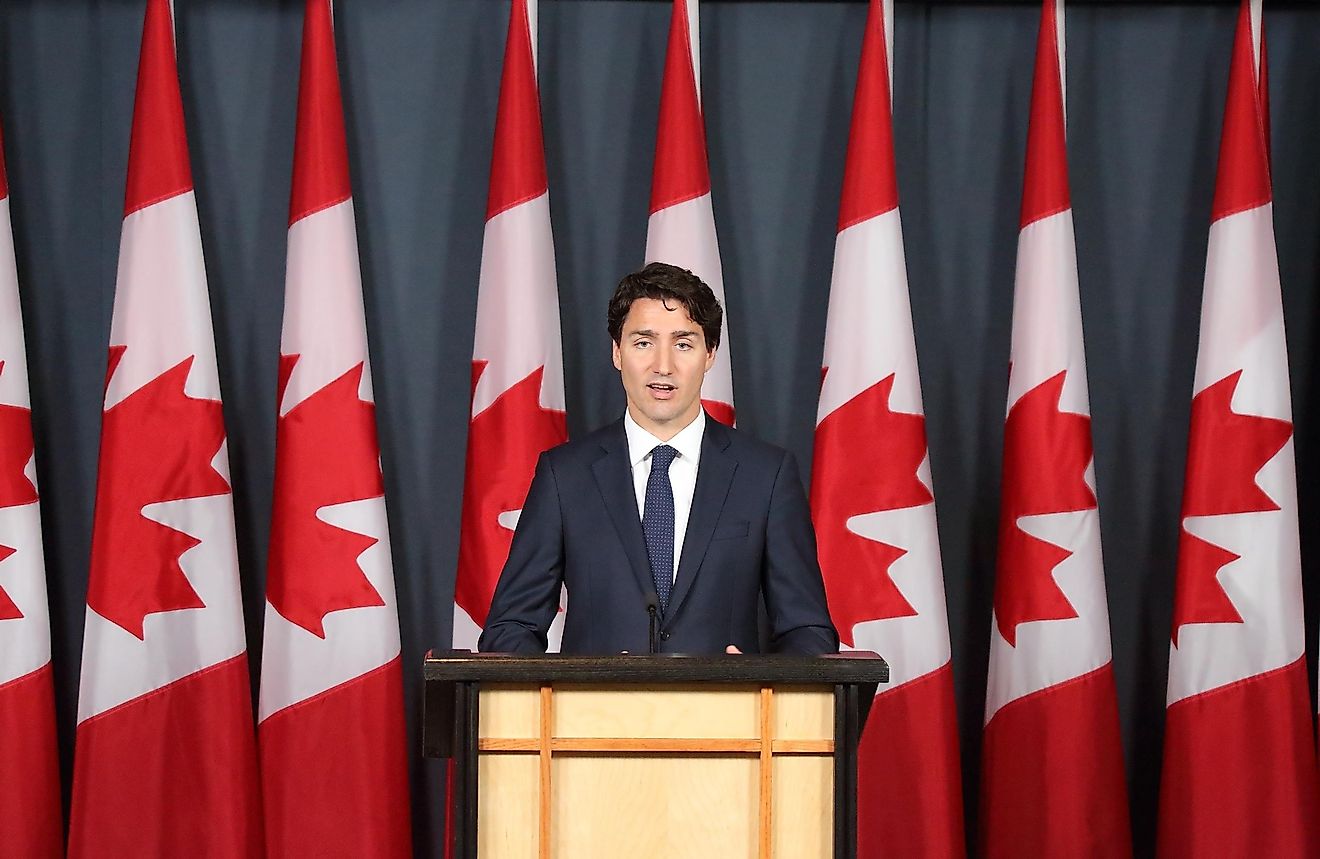What Is The Difference Between The Prime Minister And The President?

The positions of the president and the prime minister are the top positions of leadership in most countries. However, the two positions are never used interchangeably. The two positions differ significantly depending on the country in question and the system of government in the country. For instance, the president of the US and the prime minister of the UK both have different responsibilities and duties, despite each being the top leadership of their respective countries. Other countries like France have both the positions of the prime minister and the president.
President And Prime Minister In A Presidential System Of Government
All countries with a presidential system of government have a president who serves as the head of state and leader of the government. In this system, the president leads the executive arm of the government. In the US, for instance, the president is the head of state and the leader of the government at the same time. Similarly, in France during the 3rd and the 4th republics, the country had a president. In a presidential system, the president is elected directly or indirectly through a popular vote or by an electoral college. In a presidential system, the president is not responsible to the legislature and therefore, the legislative arm of the government cannot dismiss the president. However, in rare cases, the president could be dismissed through impeachment. The title of president is not exclusive to the presidential system of government only, parliamentary system and other one-party dictatorship states can also have presidents. The presidential system of government is common in the Americas, with 19 out of the 22 states having a presidential system of government. The system is also widespread in Central Asia, West Africa, southern Africa, and Central Africa. There is no presidential system of government in Western Europe aside from Belarus.
President And Prime Minister In A Parliamentary System Of Government
In a parliamentary system of government, the prime minister is the leader of the government and is accountable to the legislature. The head of state is separate from the leader of government and in the case of a constitutional monarchy; the monarch would typically be the head of states such as in Japan, Sweden, Denmark, and the UK. In a parliamentary system, the president is a ceremonial figure. However, there are some cases where the leader of the government is also the head of state in a parliamentary system of government such as Suriname, South Africa, and Botswana, among others. The parliamentary system is widespread in Europe with 32 out of the 50 states having a parliamentary system. In a parliamentary system, the executive authority is exercised by the prime minister who takes the position as the leader of the majority party or coalition of parties in the legislature. The prime minister takes the oath of office administered by the president. On the other hand, the president would be commander in chief of the defense forces, and the head of the civil service. In certain cases, the president in a parliamentary system could dissolve parliament.
President And Prime Minister In A Hybrid System
In a hybrid system, which has been known as the French model, they have both the president and the prime minister, and the president is not a ceremonial figure but has significant powers compared to a parliamentary system. In France, for instance, the president and the prime minister can cooperate and work towards a common goal if both control a majority of seats in the national assembly. However, if the majority of seats in the national assembly are controlled by the opponent, the president could be marginalized, allowing the opposition prime minister exercise most powers. The prime minister is always the president’s appointee, and the president has to follow the rules of the legislature in selecting the leader of the majority party. Therefore, the president and the prime minister could form allies, and sometimes they could be rivals. When they are rivals, they are referred to as cohabiting. Other countries have adopted a variant of the French hybrid system, and they include countries like Sri Lanka, Romania, and Portugal among others.
President In A Dictatorship System
Dictatorship regimes always take the position of the president and not prime minister. Similarly, the self-proclaimed military leaders assume the title of the president as well. Examples of such include Mobutu of Zaire, Idi Amin of Uganda, Saddam of Iraq, and Marcos of Philippines. There are presidents in authoritarian states that had no powers such as Balaguer of the Dominican Republic. Other dictators have proclaimed themselves presidents for life so that their legitimacy may not be questioned or challenged. Incidentally, most of these leaders who declare themselves president for life do not serve for a lifetime.
Development Of The Office Of The Prime Minister
The origin of the title of the prime minister can be traced to France in the 17th-century to Cardinal de Richelieu was recognized as the Principal or “Premier Ministre” in 1624. However, the office was developed in the 18th century in Britain, when the king failed to attend the meetings of his ministers. Powerful premiers took the responsibility of government chief executive, for instance, Robert Walpole is considered the first prime minister of Britain between 1721 and 1742. Similarly, William Pitt the Younger played a similar role between 1783 and 1801 and again from 1804 to 1806. During this time, the prime minister became an outstanding cabinet member who was responsible for coordinating and supervising the activities of all government departments. The other cabinet members were expected to subscribe to the official policy of the government and the prime minister was required to command a majority in the House of Commons. These roles are still the roles of the modern prime ministers.











